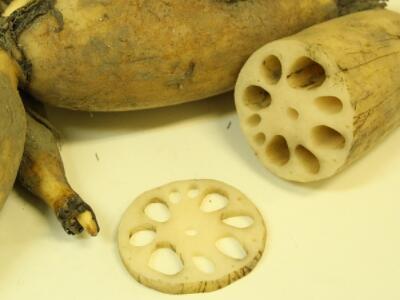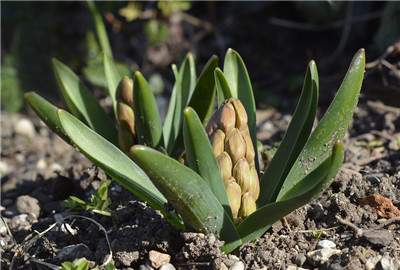List of insecticidal and germicidal herbicides for 30 common crops, such as rice, wheat, cotton, etc.
In the process of growing crops, different insecticides and herbicides need to be used. Isn't it troublesome to always find out what medicine to use when you need it? Here are 30 kinds of insecticidal and herbicidal agents for common crops, so collect them quickly!
1. Rice
⑴ insecticides: methoxylhydrazide; dimethylidene; Bacillus thuringiensis; Bacillus brevis; Spodoptera litura nuclear polyhedrosis virus; Beauveria bassiana; ethyl spinosad; spinosad.
⑵ fungicides: difenoconazole; Chunnanmycin; propiconazole; rice disinfectant; fluoramide; hexazolol; prochloraz; prochloraz; manganese salt of prochloraz; ether carbendazim; azoxystrobin; thiofuramide; triazolone; triadimefon; aminooligosaccharins; chitosan; Jinggangmycin; ningnanmycin; oligosaccharides; Bacillus polymyxus; lentinan; mushroom proteoglycans; oligosporium; Bacillus cereus Pseudomonas fluorescens; Bacillus subtilis.
⑷ plant growth regulator: naphthylacetic acid (seedling field); hypersensitive egg; gibberellic acid A3; brassinolide; S-inducer.
two。 Wheat
⑴ insecticide: diflubenzuron; ear mold.
⑵ fungicides: difenoconazole; propiconazole; hexazole; prochloraz; prochloraz; triadimefon; aminooligosaccharins; chitosan; Jinggangmycin; enoxime; oligosaccharides; Bacillus licheniformis; Bacillus cereus; Trichoderma; Pseudomonas fluorescens.
⑶ herbicides: bensulfuron-methyl; bensulfuron-methyl; chlorofluoropyloxyacetic acid.
⑷ plant growth regulator: naphthylacetic acid; brassinolide; triacontanol.
3. Cotton
⑴ insecticides: fluazuron; flurosemide; chlorobenzamide; enpyrimidine; Bacillus thuringiensis; Bacillus brevis; Spodoptera litura nuclear polyhedrosis virus; Helicoverpa armigera nuclear polyhedrosis virus; Beauveria bassiana; polythromycin.
⑵ fungicides: chitosan; Bacillus subtilis; pyrazolyl ester; aminooligosaccharins.
⑶ herbicide: Zhong Ding Ling; Jing Pi Fu he Lin; Jing Quinhe Lin; Endol.
⑷ plant growth regulator: naphthylacetic acid; ethephon; brassinolide; S-inducer; triacontanol.
4. Corn
⑴ insecticides: pine caterpillar Trichogramma; chlorobenzamide; Bacillus thuringiensis; cabbage armyworm nuclear polyhedrosis virus.
⑵ fungicides: propiconazole; azoxystrobin; aminooligosaccharins; chitosan; triadimefon; oligosaccharins.
⑶ herbicides: chlorofluoropyloxyacetic acid; nitrosulfonone; Metolachlor; Metolachlor.
⑷ plant growth regulator: Amidomide; ethephon; brassinolide.
1234
Time: 2019-04-12 Click:
- Prev

Causes and control methods of rot disease of lotus root, lettuce and lettuce!
Lotus root, lettuce and lettuce are prone to rot in the production process, so what is the cause of them? What are the prevention and control methods? Let's take a look at it. The causes and control methods of lotus root rot, the causes are as follows: 1. Fungal disease
- Next

When will hyacinth blossom? How long is the florescence? How to plant it?
Hyacinth, a herbaceous bulbous plant for many years, is the most fragrant variety of flowering plants found in the study. So when does hyacinth blossom? How long is the florescence? How to plant it? Next, let's learn about it: one. When will hyacinth blossom
Related
- Fuxing push coffee new agricultural production and marketing class: lack of small-scale processing plants
- Jujube rice field leisure farm deep ploughing Yilan for five years to create a space for organic food and play
- Nongyu Farm-A trial of organic papaya for brave women with advanced technology
- Four points for attention in the prevention and control of diseases and insect pests of edible fungi
- How to add nutrient solution to Edible Fungi
- Is there any good way to control edible fungus mites?
- Open Inoculation Technology of Edible Fungi
- Is there any clever way to use fertilizer for edible fungus in winter?
- What agents are used to kill the pathogens of edible fungi in the mushroom shed?
- Rapid drying of Edible Fungi

